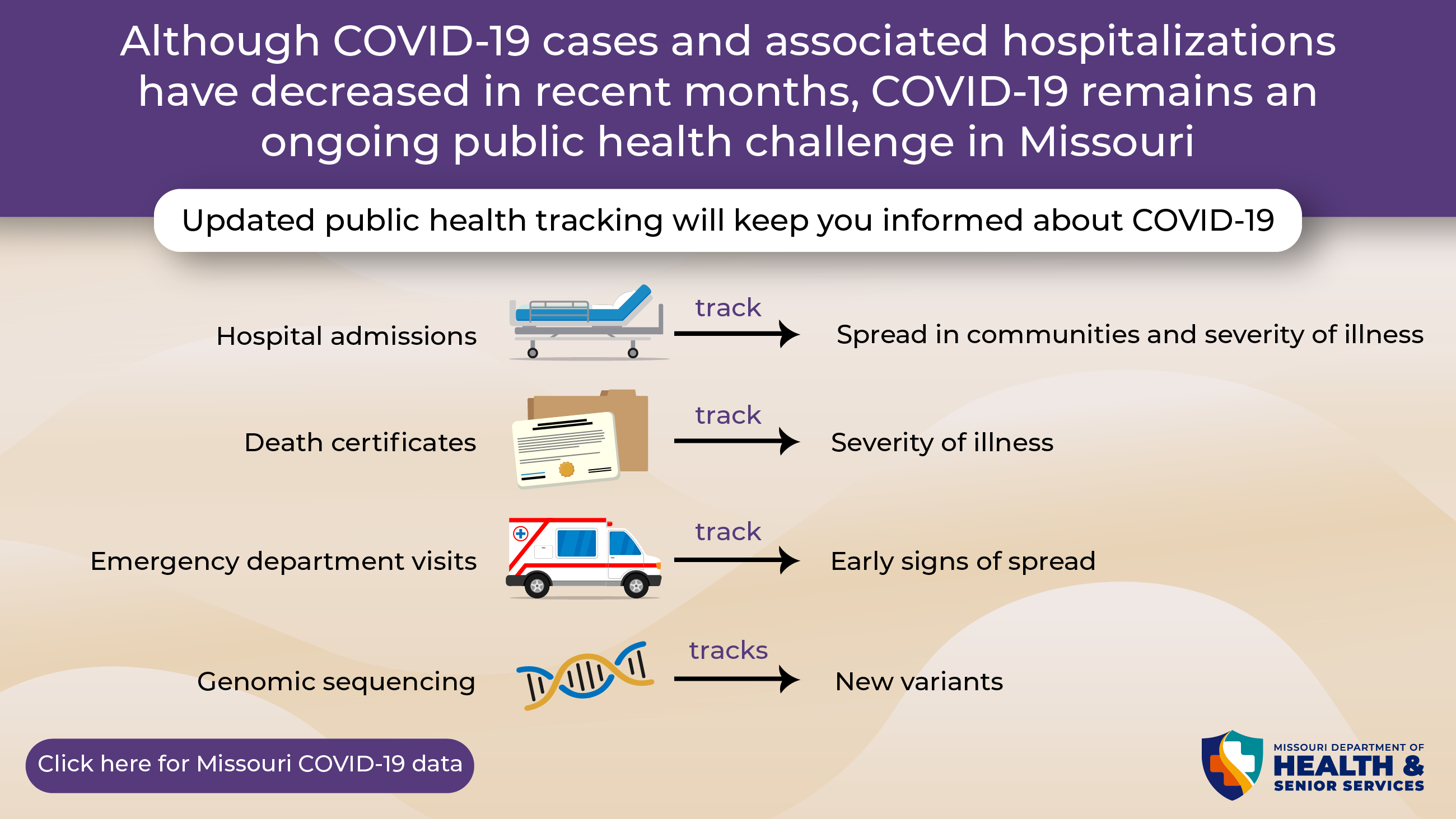COVID-19
On May 11, 2023, the public health emergency declaration ended, but this does not mean COVID-19 is over. Cases are down significantly, but the end of the emergency declarations does not mean the virus is no longer a threat. The virus remains a leading cause of death in the United States. We continue to encourage individuals to stay up-to-date on vaccinations, use at-home tests when exposed or experiencing symptoms, and stay home if sick. These precautions are the best ways to protect yourself and your loved ones.
Vaccines
Vaccines will remain free for everyone when the public health emergency ends. As long as the supply of federally purchased vaccines lasts, COVID-19 vaccines will remain free.
Data
Reporting frequency and source data for some metrics have now shifted. CDC will continue to report valuable data to inform individual and community public health actions to protect those at highest risk of severe COVID-19. Visit the updated COVID Data Tracker to view new metrics and data visualizations.


